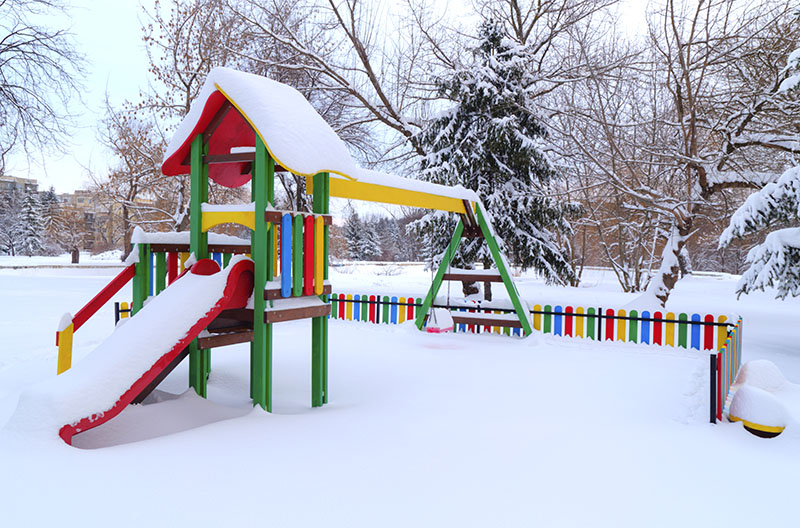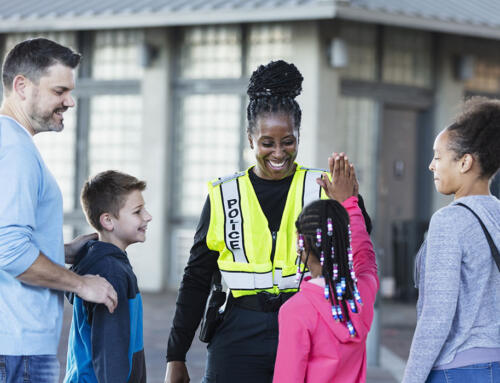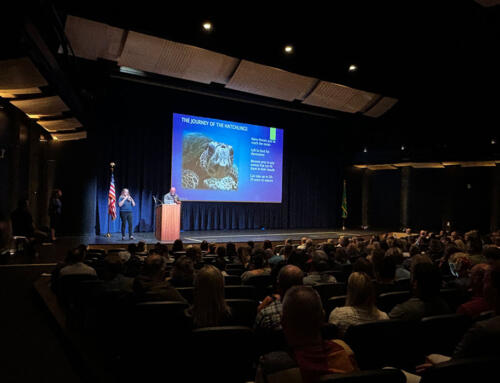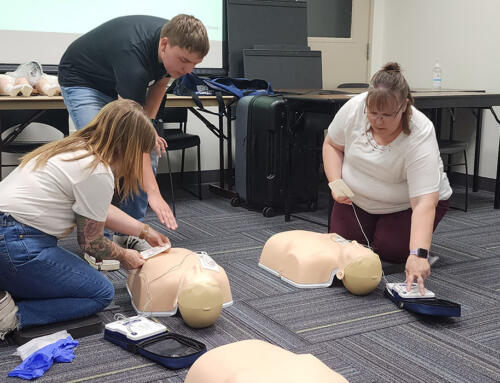Winter weather conditions may reduce the effectiveness of surfacing materials
The Risk Cooperative recommends that school districts follow the provisions of the U.S. Consumer Product Safety Commission (CPSC) Public Playground Safety Handbook. Section 2.4.2.2 of the handbook provides information on loose-fill surfacing. It states:
“Critical height (the fall height below which a life-threatening head injury would not be expected to occur) may be reduced during winter in areas where the ground freezes.”
The following winter conditions can make equipment that is otherwise in compliance, potentially, unsafe for use:
- Freezing temperatures – At temperatures below 32°, very few types of protective ground surfacing remain resilient enough to offer any degree of protection to a falling child – regardless of depth. If the ground cover is frozen, the play equipment is NOT safe for use.
- Snow build-up – Snow can cause two problems on a play structure – it can make play surfaces very slippery and it can create suffocation hazards if the openings at the end of tube slides or similar structures become clogged by drifting snow.
- Ice or freezing rain – Ice or freezing rain can make play surfaces, handgrips and stairways very slippery, increasing the risk of slip and fall injuries.
- Clothing – Winter clothing is much different from normal clothing. Synthetic materials, such as nylon, reduce sliding resistance, particularly on plastic slide beds. This can increase the travel speed on this equipment to a dangerous level, and if combined with frozen ground cover can increase the chance of injury.
- Winter clothing is also very bulky and is more likely to have drawstrings, hooks and clips that can become entangled in components of the equipment.
Recommendation:
Winter conditions as described above may increase injury risk on play equipment. If such conditions exist, it is recommended schools consider placing this equipment “off limits.”




